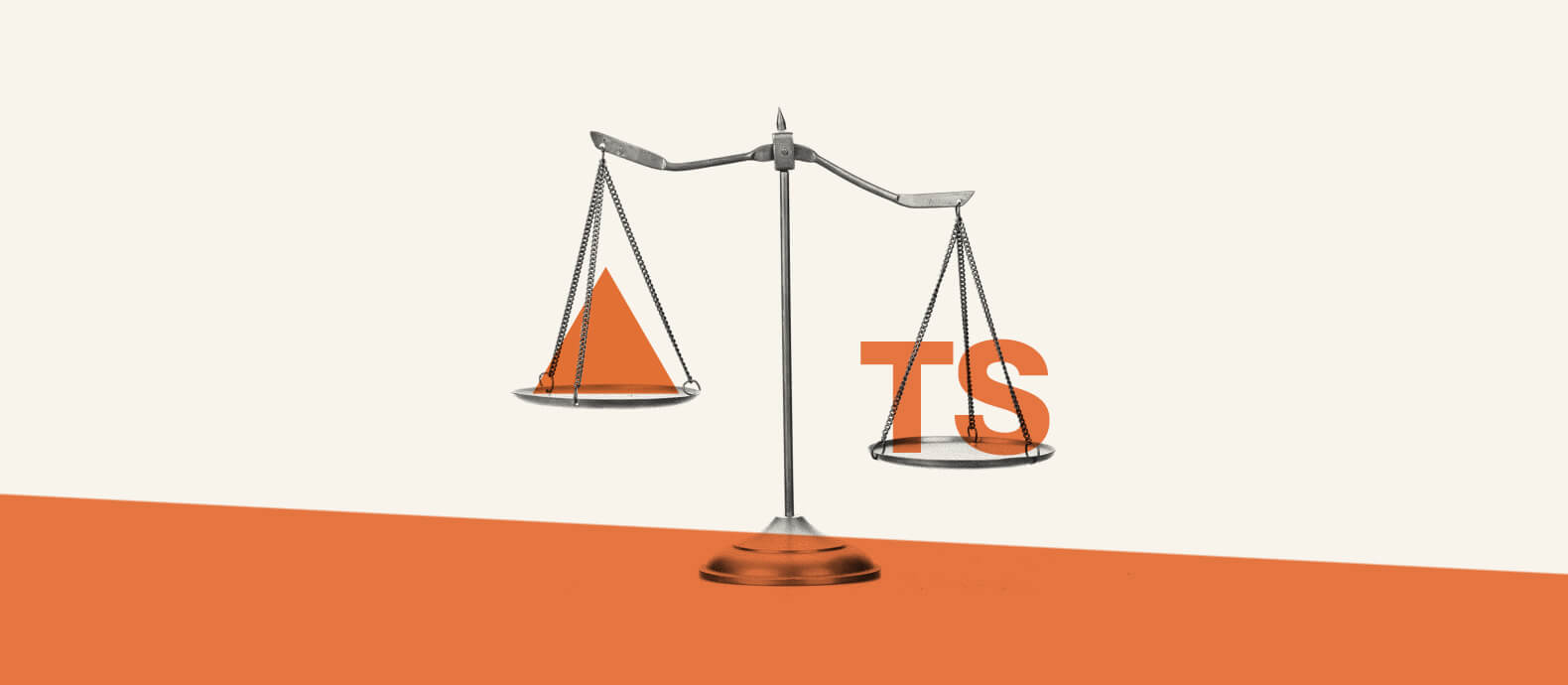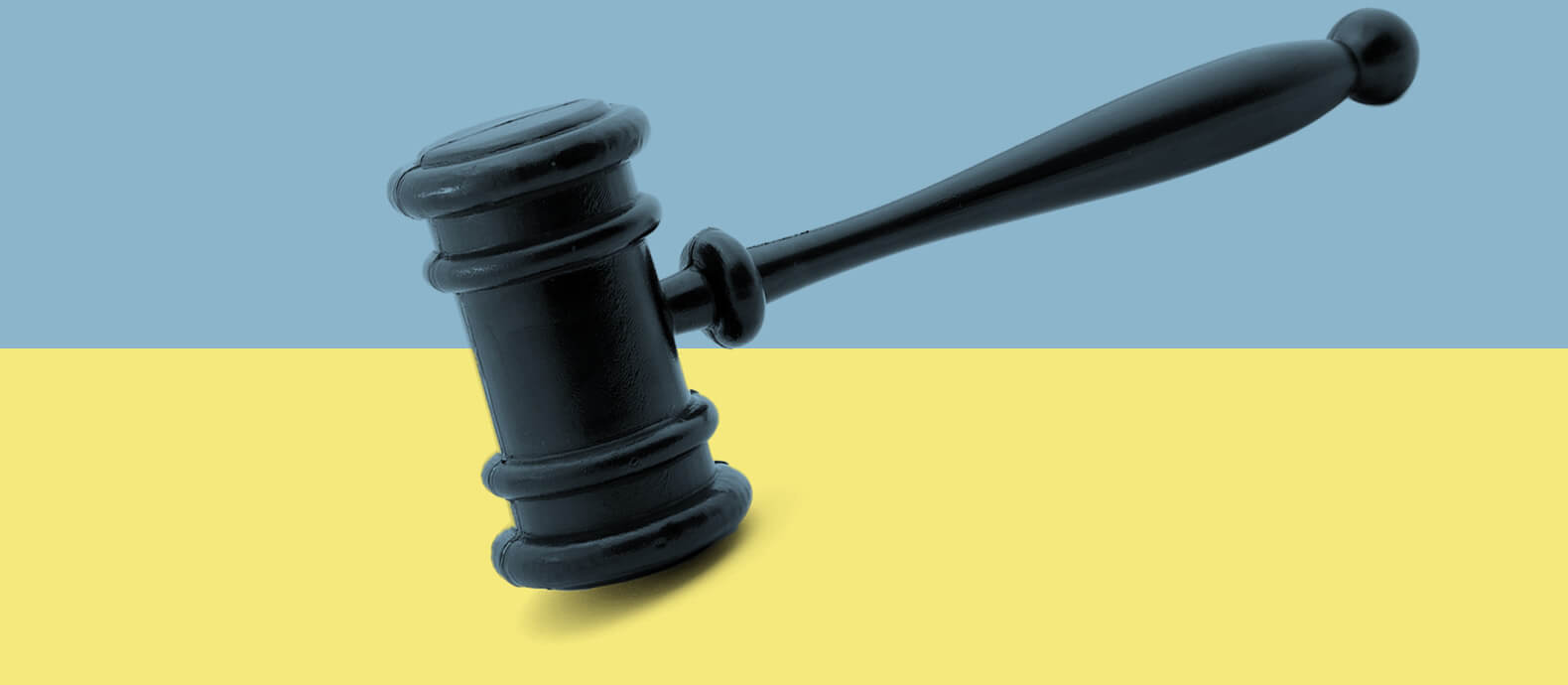Trade secrets are intellectual property (IP) rights that concern confidential information which may be sold or licensed. In the world of business, trade secrets can be integral to success, especially if you operate in a crowded or homogenous market. Trade secrets are the information you use to stand out, gain a competitive edge and endear consumers to your brand.
Like other intellectual property, trade secrets can be stolen or misused. This is called trade secret infringement and it can have a devastating impact on a business’s revenue. In fact, theft of trade secrets costs the United States economy between $180 billion and $540 billion each year. The best way to restore revenue lost to infringers, as well as protect your reputation, is by filing a lawsuit. If you successfully navigate the litigation process, you may be awarded damages.
In this blog we’ll be exploring a number of topics to do with trade secret infringement damages, including:
- What damages are available under the Defend Trade Secrets Act?
- What affects the amount of damages in trade secret infringement cases?
- How to calculate damages for trade secret infringement
- Tips for business owners to maximize trade secret infringement damages
- How to get compensated for trade secret infringement at no cost
What damages are available under the Defend Trade Secrets Act?
There are various kinds of monetary damages available under the Defend Trade Secrets Act. While it is relatively easy to assess damages for patents, trademarks and copyrights the situation is slightly more complex for trade secrets because they are a more nebulous category of information.
- Actual damages
Actual damages for trade secret infringement can be awarded if the plaintiff can prove that they suffered loss as a result of the infringement. Sometimes it can be difficult to ascertain exact amounts, a problem that also arises in relation to unjust enrichment.
- Unjust enrichment damages
Under the Defend Trade Secrets Act, unjust enrichment damages are a kind of Actual Damages. Unjust enrichment is all about the wrongdoers profit from the infringing act. These kinds of damages are calculated by looking at the wrongdoer’s profits attributable to use of the trade secret, as well as the amount the wrongdoer’s sales increase after the trade secret misappropriation and the plaintiff’s costs of developing the trade secret.
- Reasonable royalty damages
If neither the amount of actual damages or damages for unjust enrichment can be proved to a degree of certainty, the court may turn to reasonable royalty damages. In intellectual property law, reasonable royalties are the amount of money the wrongdoer should have paid the trade secret owner if they had licensed the trade secret in the proper manner.
- Punitive damages
The plaintiff can also receive punitive damages if they can show that the infringement was sufficiently wilful or deliberate. There is potential for multiplied compensatory damages here. Indeed, the court will award substantial damages if the defendant acted wilfully and maliciously to steal trade secrets.
- Attorney’s fees and costs
The outcome and conduct of the litigation will determine who pays the Attorney’s fees and costs. For example, if the plaintiff wins the court may order the defendant to pay all the attorney’s fees if the defendant acted wilfully or maliciously. Conversely, the court may order the plaintiff to pay the attorney’s fees and considerable costs if they filed the lawsuit in bad faith.

What affects the amount of damages in trade secret infringement cases?
When awarding damages the court will consider several factors, including:
- Nature of the trade secret – What does the trade secret relate to? How long has the trade secret been in place? How did the trade secret come about? The court will ask questions like these to examine the nature of the trade secret to ensure that any award of damages is appropriate and in keeping with the essence of the damages process.
- Level of secrecy and efforts to maintain secrecy – If the plaintiff has made considerable efforts to maintain secrecy through digilent security measures then the court will consider this when awarding damages. Usually, the higher the level of secrecy and the greater the level of efforts to maintain secrecy the larger the award of damages will be.
- Economic value of the trade secret – The court will also consider the economic value of the trade secret in relation to the market and the value it has to the trade secret owner.
- Degree of competition in the relevant market – If the degree of competition is high the value of a protected trade secret is usually also very high. Therefore the trade secret owner stands to lose out significantly if their secret is violated. The court will consider this and the degree of competition will be reflected in the award of damages.
- Willfulness of the infringer – Was the infringement intentional? If so, to what degree? If intent and willfulness is proven this will likely increase the amount of damages awarded. This may also impact whether the wronged party is entitled to punitive damages and attorney’s fees as well.
How to calculate damages for trade secret infringement
Every award of damages will be different. However, the process used to determine damages should hopefully be similar across cases. Indeed, courts will use consistent methods for calculating actual damages, reasonable royalties and punitive damages.
Calculating actual damages will involve looking at the actual loss suffered by the victim of the trade secret infringement. These calculations will largely be centered on the economic loss suffered by the plaintiff. Reference may also be made to the reputational loss suffered that was caused by the violation of any trade secret rights.
To calculate reasonable royalty damages, the court will refer to either actual royalties paid to the wronged party in the past to license their trade secret or a hypothetical royalty based on what the trade secret owner would have reasonably been able to negotiate to license the IP at the time of the misuse.
When considering punitive damages the court will have regard to the whole circumstances of the case. The calculations for punitive damages usually involve multiplying the original amount of damages by a factor of two or three. Most states limit punitive damages to 2 or 3 times the original number. However, some states set no limits and trust the court to arrive at a number that is commensurate to the wilful or malicious actions of the defendant.
Tips for business owners to maximize trade secret infringement damages
Before litigation even begins, business owners can take various steps to ensure they are maximizing their potential trade secret infringement damages.
- Early detection and documentation of infringement
The earlier you detect, the faster you can act. As soon as you suspect potential trade secret infringement you must take steps to prevent and record the violation. A timeline of consistent evidence that documents the infringement will stand you in good stead if the case ever goes to trial.
- Seeking immediate injunctive relief
A court ordered injunction is the quickest way to protect your trade secret assets. If successful, this injunctive relief will safeguard the integrity and value of your trade secrets while also hindering the scammers ability to steal from you. If you have good ground for an injunction this also bodes well for any further legal action you may take against the infringer.
- Enforcing trade secret protections consistently
Courts will look for consistency when awarding damages. They will want to see that you have safeguard your trade secrets properly and pursued all infringers with equal fervor. By enforcing trade secret protections consistently you will give yourself the best chance of preserving the value of your trade secrets and receiving proper damages for any infringements.
How to get compensated for trade secret infringement at no cost
Red Points’ Revenue Recovery Program will help get your business compensated for any trade secret infringements linked to counterfeit selling. With a combination of experience and innovation our team will work with you every step of the way to ensure you attain significant trade secret infringement damages. Our solution works via three simple and effective steps.
1. Target infringers
Our bots automatically crawl the web searching for trade secret infringements. Empowered by machine learning, each search is more precise and successful ensuring that you can identify high-profile sellers as soon as they appear.
2. Build a case
This top-notch technology then allows us to efficiently collect evidence and start to build a case. This information will be key to your success in your trade secret litigation further down the line.
3. Get compensated
Our partners will then carry out the legal action on your behalf. They will freeze the accounts of the infringers and they will recover funds from them. We have a 100% success rate with these kinds of cases, so you can be assured to recover your revenue in no time at all.
Our partners complete all work on a contingency basis which guarantees that there is no upfront payment or extra costs. They will only receive payment if they win the case or achieve a favorable settlement.
What’s next
Trade secret theft is a serious issue. Businesses must prepare properly. As well as having strong trade secret protection measures, businesses must also proactively litigate against any wrongdoers and scammers.
The potential trade secret infringement damages awarded for winning a lawsuit may be the difference between your business succeeding or failing. To ensure your business is in the best position, you must be aware of the various factors involved in awarding damages. You should be familiar with the types of damages, how they are calculated and the evidence you need to receive them.
Ultimately, it is important to take trade secret infringement seriously. To learn more about how the Revenue Recovery Program can help protect your trade secrets from counterfeiters, get in contact with us today.






